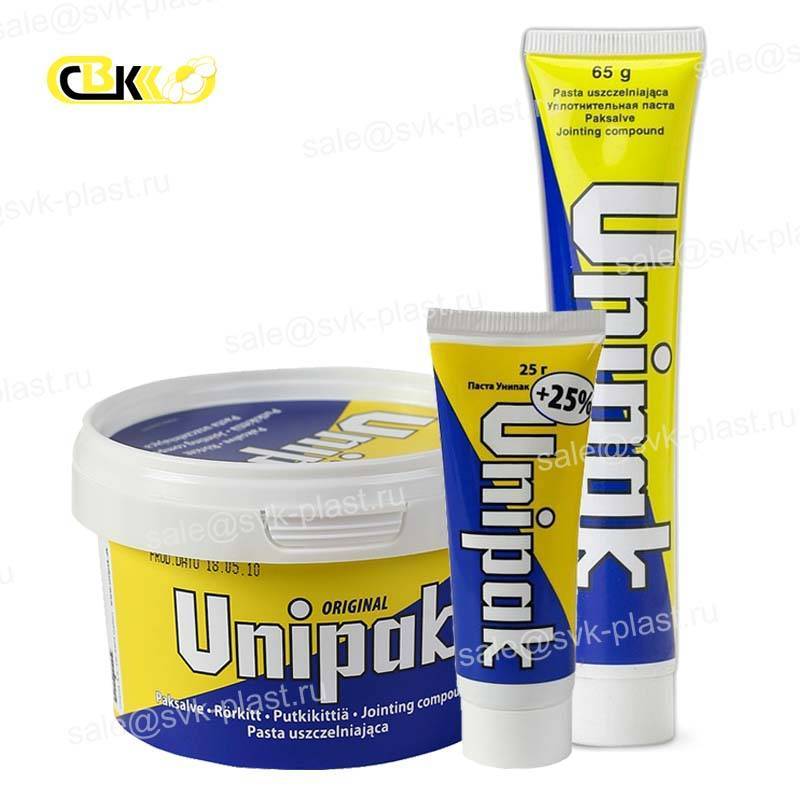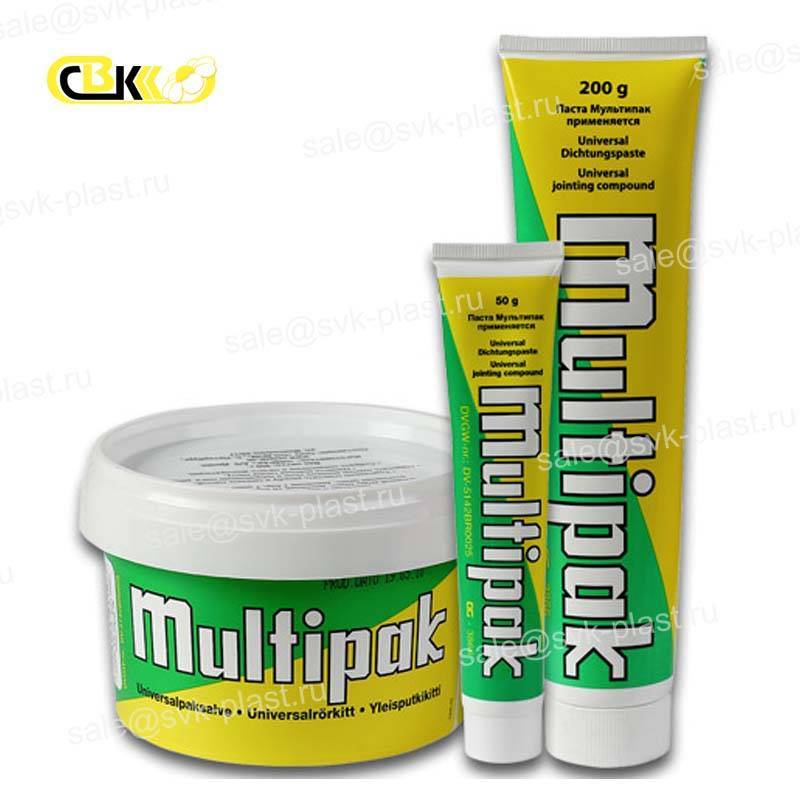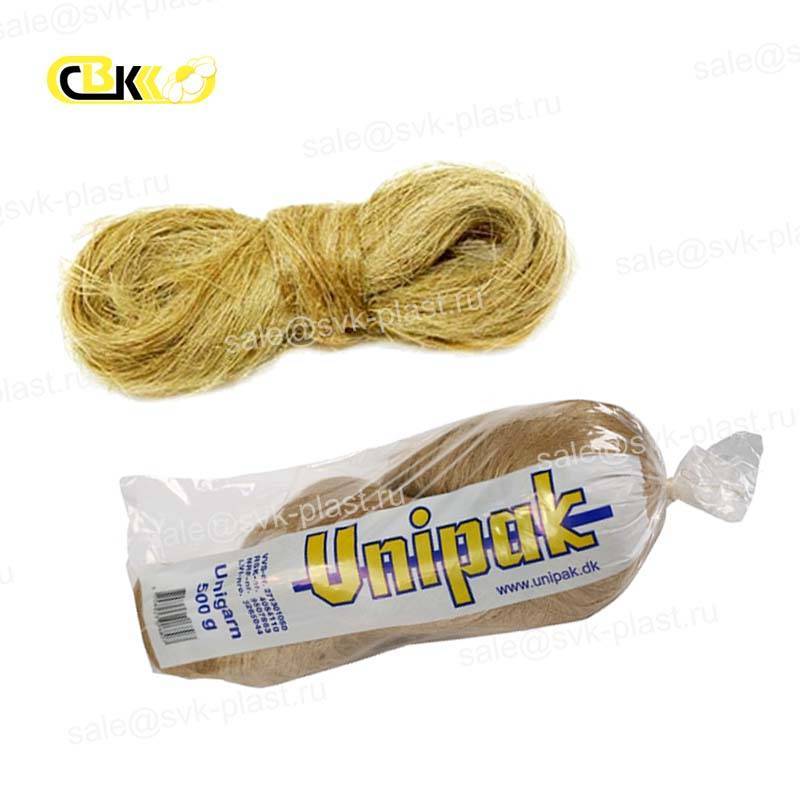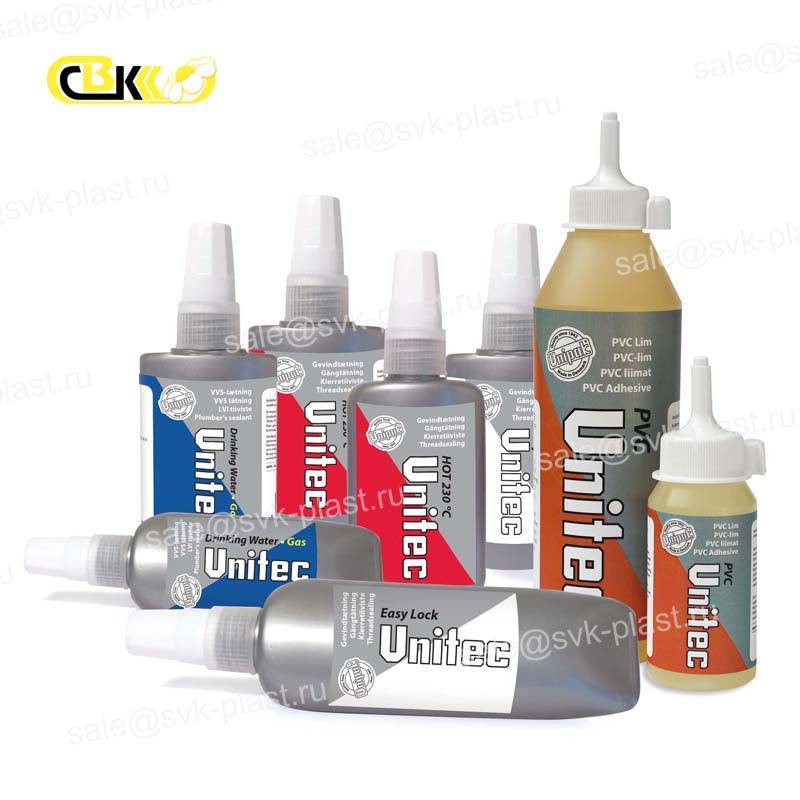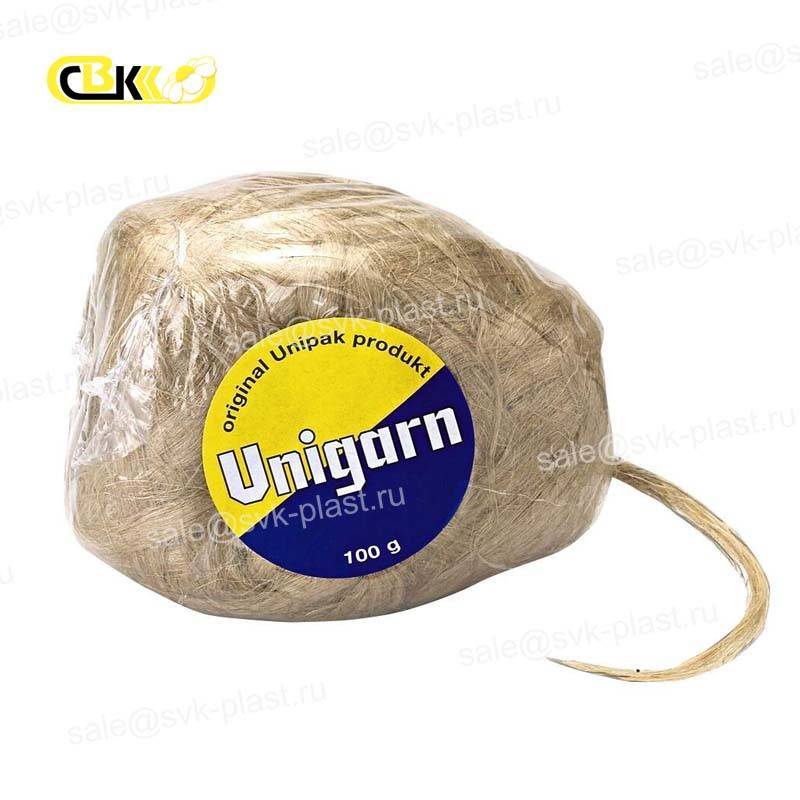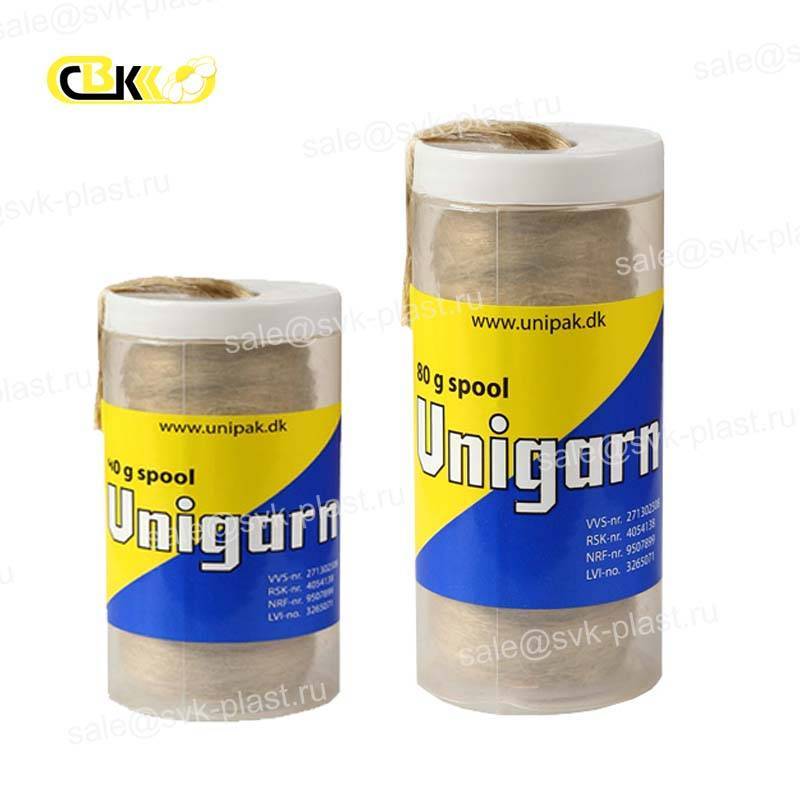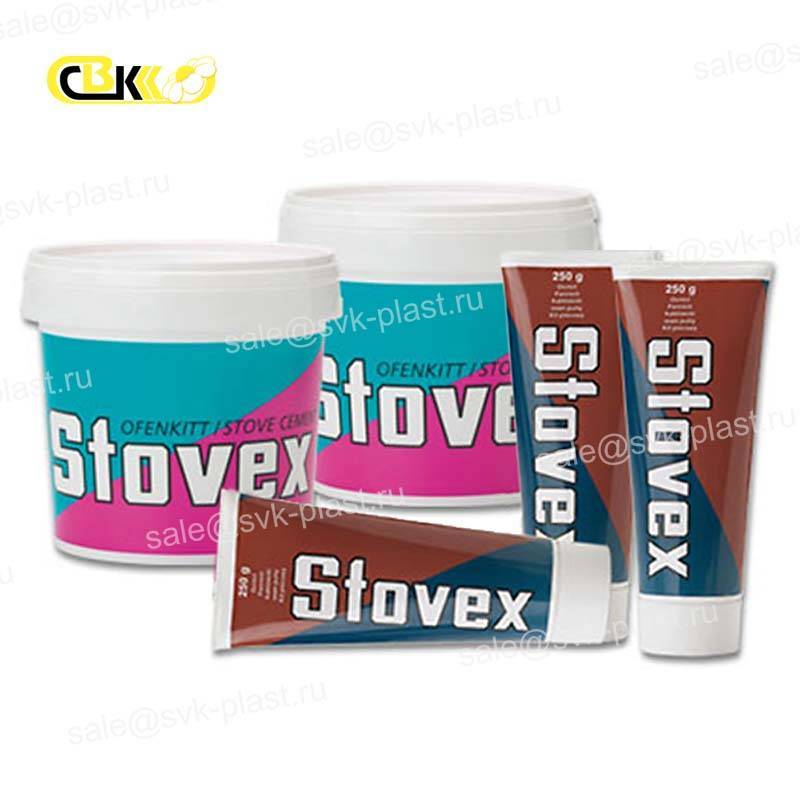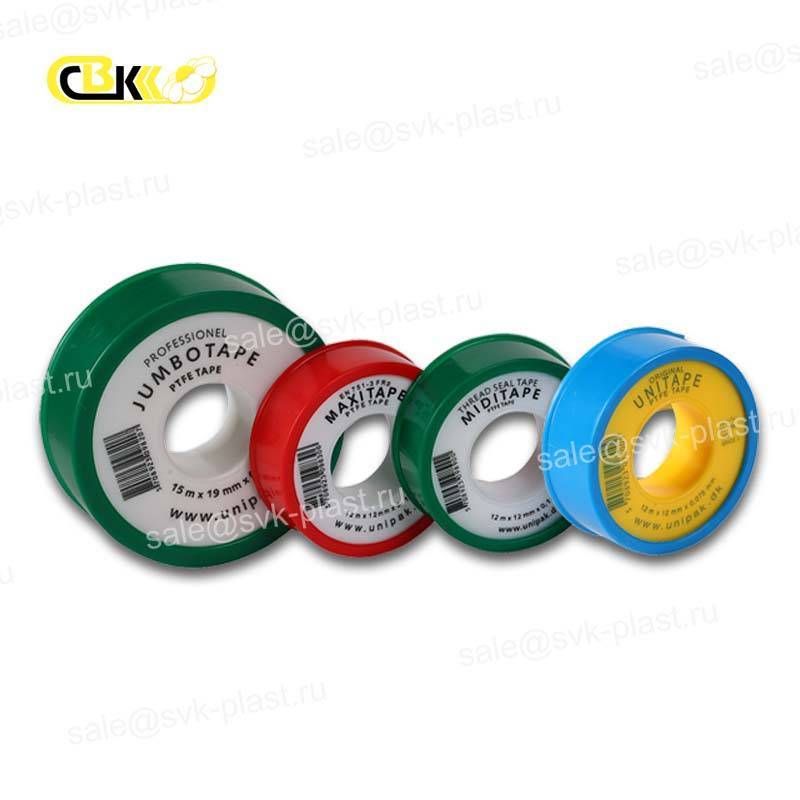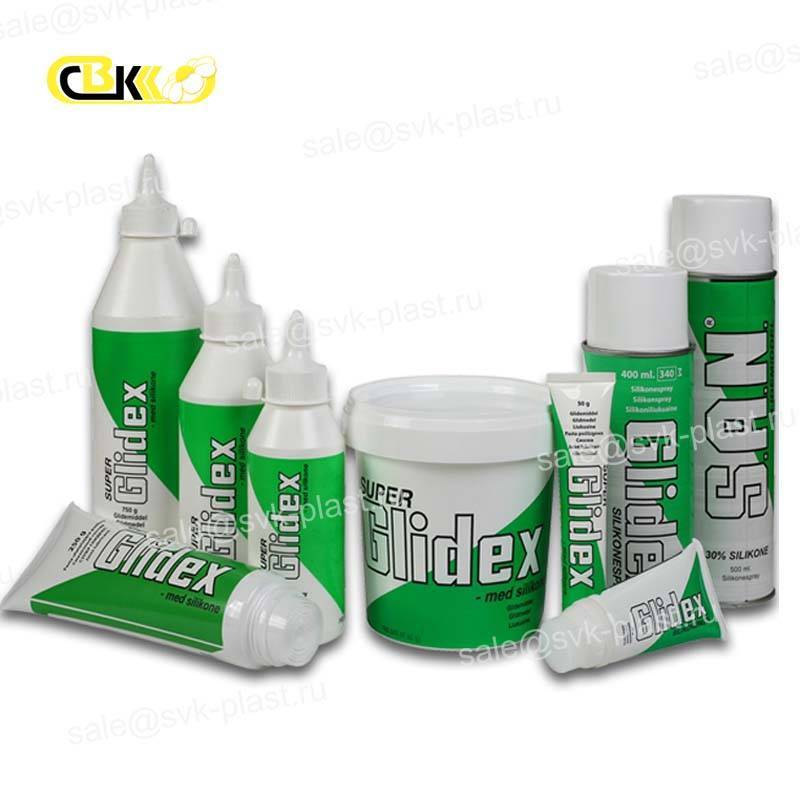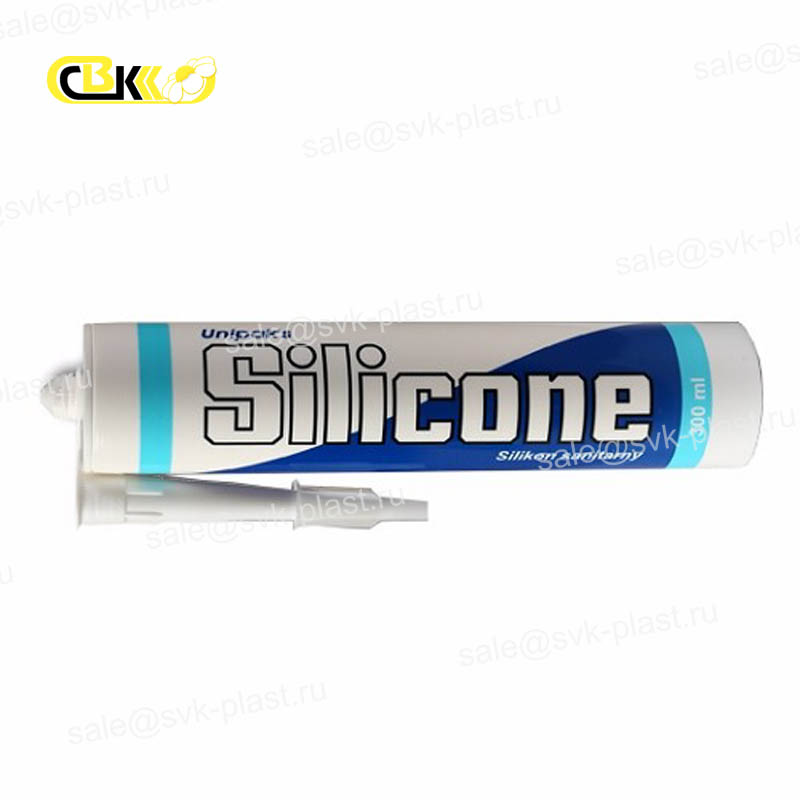UNIPAK
Kits to help specialists install water supply heating and household gas systems.
Set #1 (Cold drinking water, hot water and heating up to + 130° C)
Unigarn flax (13 g) + Unipak paste (25 g)
Set with unipak paste 25 g and unigarn flax 13 g. Ready-made solution for sealing threaded connections in pipelines for various purposes.
Set #2 (Cold drinking water, hot water and heating up to + 130° C)
Unigarn flax (13 g) + Unipak paste (75 g)
Set with unipak paste 75 g and unigarn flax 13 g. Ready-made solution for sealing threaded connections in pipelines for various purposes.
Set No. 3 (Cold drinking water, hot water and heating up to + 130° C, household gas and compressed air)
Unigarn flax (13 g) + Multipak paste (25 g)
Set with multipak paste 25 g and unigarn flax 13 g. Ready-made solution for sealing threaded connections in pipelines for various purposes.
UNIPAK Sets
| Vendor code | Name |
|---|---|
| SVK-UN0103 | Set #3 MULTIPAK (paste 20 gr.+flax 13 gr.) gas |
| SVK-UN0102 | Set #2 UNIPAK (paste 75 gr. + flax 13 gr.) |
| SVK-UN0101 | Set #1 UNIPAK (paste 25 gr.+flax 13 gr.) |
UNIPAK sealing Paste
| Vendor code | Name |
|---|---|
| SVK-UN0303 | Unipak paste (250 g tube)) |
| SVK-UN0301 | Unipak paste ( 25 g tube)) |
| SVK-UN0304 | Unipak paste (can 360 g.) |
| SVK-UN0302 | Unipak paste ( tube 75 g.) |
MULTIPAK sealing Paste (for gas and water)
| Vendor code | Name |
|---|---|
| SVK-UM0303 | Multipak paste 200 g. (tube), (gas, water) |
| SVK-UM0304 | Multipak paste 300 g. (gas, water) |
| SVK-UM0302 | Multipak paste 50 g. (tube), (gas, water) |
UNIPAK sanitary Linen
| Vendor code | Name |
|---|---|
| SVK-UN0201 | UNIPAK sanitary Linen 100 g (package) |
| SVK-UN0202 | UNIPAK sanitary linen 200 g. (package) |
| SVK-UN0203 | UNIPAK sanitary Linen 500 g. (package) |
Unitec anaerobic Sealant
UNIPAK Flax skein
| Vendor code | Name |
|---|---|
| SVK-UN0204 | UNIPAK Flax skein 13 g |
| SVK-UN0205 | UNIPAK Flax skein 100 g |
UNIPAK Flax spool
| Vendor code | Name |
|---|---|
| SVK-UN0207 | UNIPAK Flax, spool 80 g. in plastic. pack. |
| SVK-UN0206 | UNIPAK Flax, spool 40 g. in plastic. pack. |
STOVEX putty
| Vendor code | Name |
|---|---|
| SVK-UN0501 | Putty STOVEX 125 g |
| SVK-UN0503 | Putty UNIGUM 250 g. |
| SVK-UN0502 | Putty STOVEX 250 g |
FUM tape
| Vendor code | Name |
|---|---|
| SVK-UN0406 | FUM PTFE-TAPE 12mm x 10m x 0.1 mm (white) |
| SVK-UN0405 | FUM tape MIDITAPE 12mm x 12m x 0.1 mm (zel.) |
| SVK-UN0403 | Multitape FUM tape for gas 12mm x 12m x 0.1 mm |
| SVK-UN0402 | MAXITAPE FUM tape 12mm x 12m x 0.1 mm (red) |
| SVK-UN0407 | FUM tape UNITAPE 12mm x 12m x 0.075 mm (blue) |
| SVK-UN0401 | FUM tape JUMBOTAPE 19mm x 15m x 0.2 mm |
Super GLIDEX lubricant
| Vendor code | Name |
|---|---|
| SVK-UN0705 | Super GLIDEX 400 g lubricant. |
| SVK-UN0702 | Super GLIDEX lubricant 50 g. |
| SVK-UN0701 | Glidex grease 50 g. (Tube with sponge) |
| SVK-UN0704 | Super GLIDEX lubricant 175 g .( tube with brush) |
| SVK-UN0703 | Super GLIDEX lubricant 250 g. |
UNIPAK silicone Sealant
| Vendor code | Name |
|---|---|
| 6700242 | UNIPAK silicone Sealant UNIPAK (300 ml) white |
| 6700244 | UNIPAK silicone Sealant UNIPAK 300ml colorless |
FUM tape and sanitary linen – what to choose for sealing the thread of hot water supply?
If it's time to replace the old water pipe elements, you need to think ahead of time about how to reliably seal the threaded connections. Today, manufacturers produce at least 4 types of seals that can completely solve this problem. 2 of them deserve special consideration – FUM tape and sanitary linen. What is the difference between them, and which option is more suitable for sealing hot water pipes?
Flax + paste – the old method is still effective
Sanitary flax (popularly called tow) was widely used during the Soviet era, but it is not forgotten at the present time, despite the incredible variety of new types of seals. Previously, to seal the thread, a flax strand was used in combination with a meerkat on drying oil or a special oil paint. The main component in both cases is lead. In current analogues, it comes across infrequently, and the manufactured sealant itself can not provide one hundred percent resistance to rust.
Grey sealing pastes are used as an alternative. In any case it is impossible to wind the tow to dry. The paste does not allow the flax to rot and dry out. Without its use on the thread of the hot water supply system and heating system, the flax strand inevitably dries up, crumbles, and leaks occur as a result. Pipes with cold water have a dark coating and rust, and eventually leak. Tow loses its original characteristics after long contact with water over 90°C, which is why it must be covered with a paste-this increases the temperature threshold and extends the service life of the seal.
The use of paste allows you to adjust (adjust) the connection and turn the fitting and tap 45° without losing the tightness, which is necessary if the thread is too tight. This quality is the key advantage of tow, which distinguishes it from competitors.
When choosing the best option for sealing threads, professionals recommend paying attention To unigarn tow and Unipak paste. If necessary, the entire structure can be easily disassembled and the seal can be replaced.
Consider the key benefits of using flax in combination with pasta:
- It can be wound on all types of pipes, regardless of their diameter.
- It can be wound on dirty and wet surfaces.
- You can adjust (adjust) the connections by 45° or more.
- It can tolerate temperatures up to 140°C and is suitable for heating systems.
- A long period of operation, if the winding rules were followed.
- Low cost. In stores, 100 grams of flax are sold for no more than 100 rubles, and high-quality pasta can be found for 200-250 rubles. For domestic use, one set will last for a long time.
Do not forget that flax is a natural and environmentally friendly material, it does not contain toxic components, so it is suitable for sealing the threads of pipes that supply drinking water.
Of course, this solution has its weaknesses:
- paste dirties your hands, spoils the aesthetic appearance of white propylene pipes;
- flax is inconvenient to use on a small or plastic thread;
- tow fibers are mixed up, which interferes with the work.
At first, working with tow can be difficult, it requires special knowledge and experience. The main rule is to carefully attract flax, hide the edges of the strands, completely cover the thread and do not save on paste.
FUM-tape - pros and cons of the analog
Fluoroplastic sealing material is a thin white or colorless sealing tape containing fluorine. FUM tape can be used immediately, without prior preparation or purchase of paste, as with tow.
It can be used to seal both cold and hot water pipes, provided that the pressure does not exceed 9.8 MPa. In appearance, the tape resembles a thin elastic band-aid in coils. Based on the diameter of the threaded connection, you can buy a tape with a width of 10-100 mm. There are also thinner ribbons, more like thread.
In addition, the material contains a lubricant:
- M1 – used where aggressive substances are present. The lubricant consists of 20% vaseline.
- M2 - without lubricant impregnation, designed for places where there are oxidizing agents.
- M3-suitable for pipes with drinking water.
The service life of the thread is determined by 2 parameters – the quality of the FUM tape and the correct winding technique. The properties of a material cannot be judged by its cost. To check the quality, you just need to pull the winding to find out how strong it is. A bad seal will instantly break into fibers, which means that in 2-3 months it will cease to perform its functions. High-quality material will be easily stretched and not torn. It is necessary to wrap the connection more tightly with tape, carefully sinking it between the turns, until the entire thread is covered.
Consider the advantages of the FUM tape:
- Suitable for thin-walled fittings, dirty, wet, small and plastic connections.
- Does not pollute hands, does not spoil the appearance of pipes.
- It is resistant to the influence of aggressive substances.
Despite the widespread use, many people have a negative attitude to this material. This is quite understandable, given its disadvantages:
- After completion of the work, an attempt to adjust the connection will result in loss of its tightness. Therefore, you will have to dismantle the connection and wind the seal in a new way.
- Despite the 250°C threshold specified by the manufacturer, the material must not be heated above 120°C, otherwise it will lose its original characteristics and structure. It follows that the tape is not suitable for the heating system.
- The material cannot cope with vibration loads.
- Suitable for threads with a cross-section no higher than 2.5 cm, for other cases there are more economical alternatives.
What to choose?
There is no clear answer to this question, but professionals are sure that when the winding technique is followed, both materials demonstrate their strengths. However, even today, most people prefer to use flax tow, rather than FUM tape.
In General, you should use a FUM tape to seal metal and plastic threads. If the connection is old, rusted, and the pipe was released during the Soviet Union, you should choose flax and paste – this will provide excellent grip and the desired density. For brass and ferrous metal products, tow is needed, and for chrome – plated products, tape is needed. We must not forget that the FUM tape is extremely sensitive to vibrations, temperature changes and pressure drops in the system.






